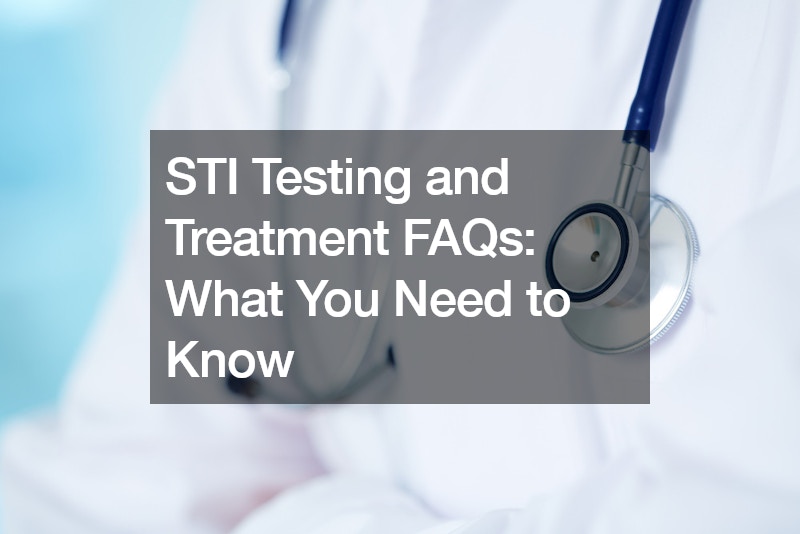
Sexually transmitted infections (STIs) are a significant public health concern, and understanding the basics of STI testing and treatment is crucial for maintaining sexual health. Whether you’re sexually active or just looking to educate yourself, you might have numerous questions about the process. Here, we answer some of the most common STI Testing and Treatment FAQs to help you stay informed and proactive.
What is an STI and how is it different from an STD?
STI stands for sexually transmitted infection, while STD stands for sexually transmitted disease. Although often used interchangeably, there’s a subtle difference.
An STI is an infection that hasn’t necessarily developed into a disease. Not all infections lead to disease, but all diseases result from infections.
Why is STI testing important?
STI testing is crucial because many STIs can be asymptomatic, meaning you might not experience any symptoms even if you’re infected. Early detection through testing can prevent serious health complications, reduce the spread to partners, and allow for timely treatment.
Who should get tested for STIs?
Anyone who is sexually active should consider regular STI testing. Specific recommendations include:
- Individuals with new or multiple sexual partners.
- Those who engage in unprotected sex.
- People with a partner who has tested positive for an STI.
- Pregnant women, to protect their health and that of their baby.
How often should one get tested for STIs?
The frequency of testing depends on various factors, including your sexual activity, the number of partners, and any known exposures to STIs. Generally, annual testing is recommended for sexually active individuals. However, more frequent testing (every 3-6 months) may be advised for those with higher risk factors.
What types of tests are available?
Different STIs require different tests, which can include:
- Blood tests: Used to detect HIV, syphilis, and herpes.
- Urine tests: Common for detecting chlamydia and gonorrhea.
- Swab tests: These involve taking samples from the genital area, throat, or rectum, depending on the suspected infection.
Is STI testing painful?
Most STI tests are not painful. Blood tests might cause a brief discomfort, similar to any blood draw. Urine tests are painless, and swab tests may cause minor discomfort but are generally quick.
What happens if I test positive?
If you test positive for an STI, it’s important to follow your healthcare provider’s treatment plan. This may involve taking prescribed medications, such as antibiotics or antiviral drugs. Additionally, notifying your sexual partners is crucial so they can get tested and treated if necessary.
Can STIs be cured?
Many bacterial STIs, such as chlamydia, gonorrhea, and syphilis, can be cured with antibiotics. However, viral STIs like HIV and herpes are not curable but can be managed with medications to reduce symptoms and prevent transmission.
How can I prevent STIs?
Prevention methods include:
- Using condoms consistently and correctly.
- Limiting the number of sexual partners.
- Getting vaccinated against HPV and hepatitis B.
- Regular STI testing and open communication with sexual partners about sexual health.
Where can I get tested for STIs?
You can get tested at various locations, including:
- Your primary care physician’s office.
- Sexual health clinics.
- Community health centers.
- At-home testing kits, which provide privacy and convenience.
What should I expect during an STI testing appointment?
During your appointment, you will discuss your sexual history with your healthcare provider, who will recommend appropriate tests. Samples will be collected, which may involve providing a urine sample, blood draw, or swabs. Results typically come back within a few days to a week, depending on the test.
Understanding these STI Testing and Treatment FAQs can empower you to take control of your sexual health. Regular testing, safe sex practices, and open communication with partners and healthcare providers are key steps in preventing and managing STIs effectively.
.




